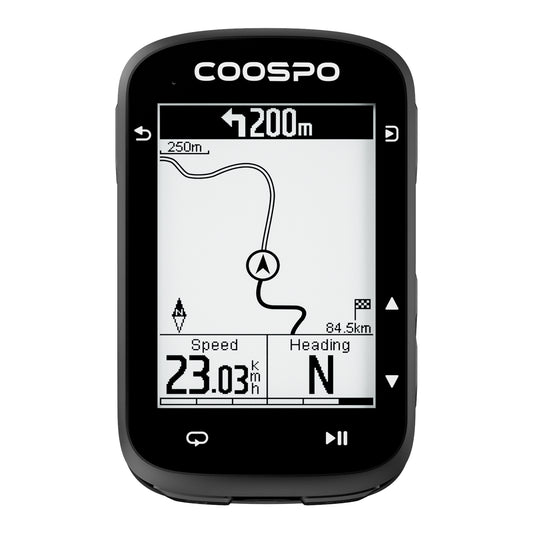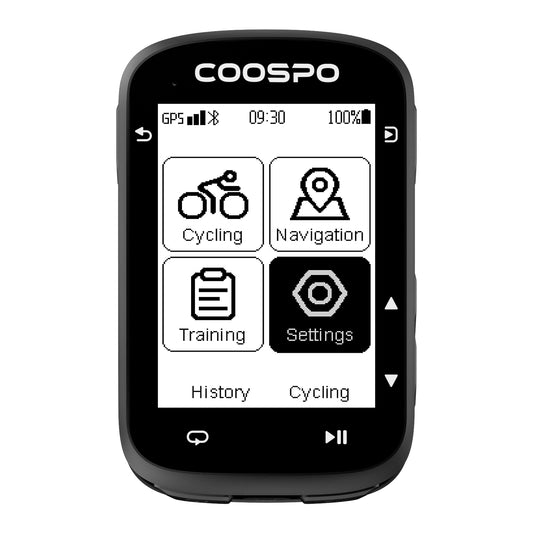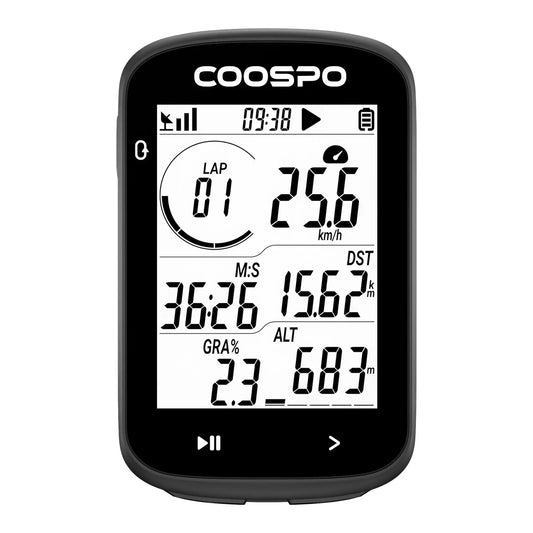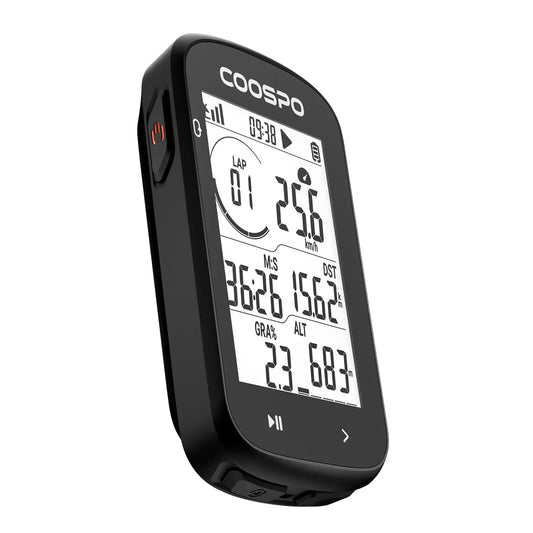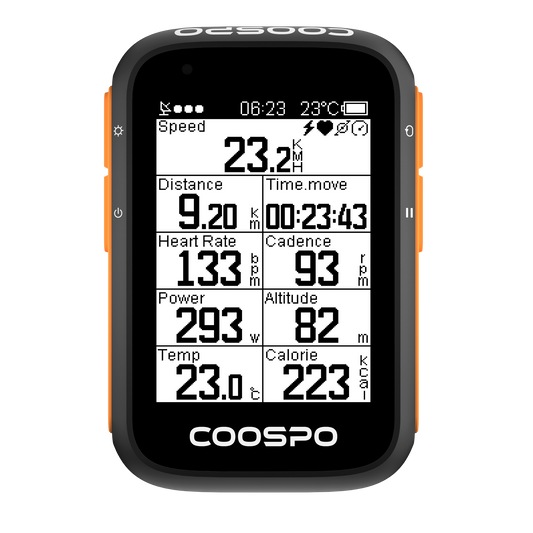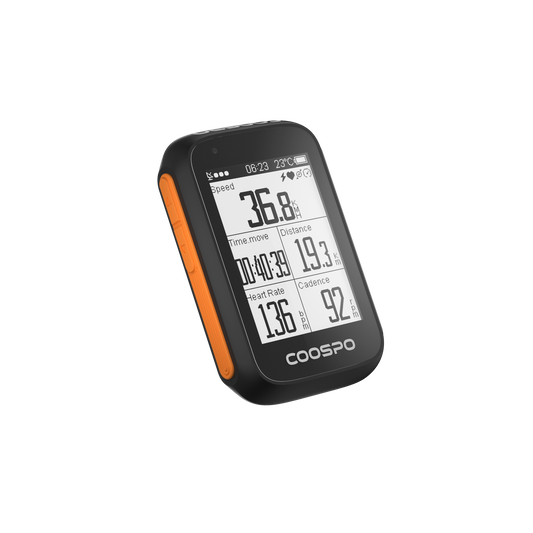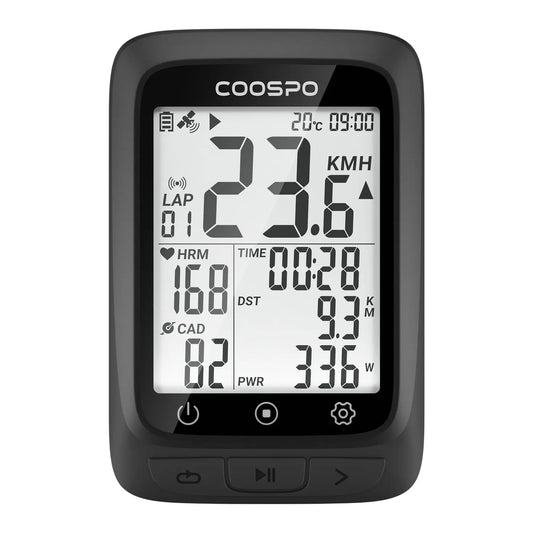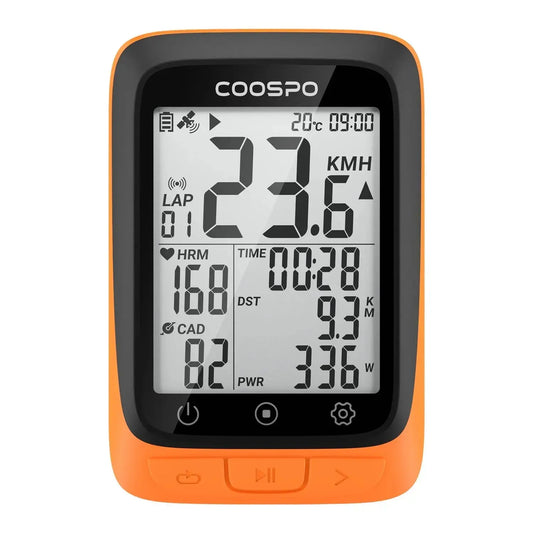Dicas de cardio para iniciantes: erros comuns para evitar
Começar uma rotina de exercícios cardiovasculares é uma ótima maneira de melhorar a saúde do seu coração, manter um peso saudável e diminuir seus níveis de estresse.
Antes de começar uma rotina de cardio, é importante saber os erros comuns que iniciantes costumam cometer. Isso ajudará a reduzir o risco de lesões, evitar o tédio e manter seu corpo abastecido para os treinos.
Neste artigo, discutiremos os termos importantes relacionados ao cardio e falaremos sobre os erros comuns que as pessoas cometem quando começam a fazer cardio. Também daremos alguns conselhos sobre como melhorar nisso e forneceremos alguns exercícios de cardio fáceis para iniciantes.
O que é Cardio?
Cardio geralmente significa fazer exercícios que fazem seu coração bombear. Há muitas maneiras diferentes de fazer um bom treino cardiovascular.
EUintensidade
A intensidade durante o exercício cardiovascular é o quão duro você está se esforçando. Você pode medir isso verificando sua frequência respiratória, frequência cardíaca, o quanto você está suando e o quão cansados seus músculos estão. Isso ajudará você a entender o quão desafiador é seu treino.
Você pode facilmente monitorar o quão duro você está se exercitando usando um monitor de frequência cardíaca para ver em qual zona de frequência cardíaca você está, ou prestando atenção em quão duro você sente que está trabalhando.
Se você não tem um monitor de frequência cardíaca ou não está familiarizado com RPE, você pode julgar o quão duro você está se exercitando pela forma como seu corpo se sente. Procure por sinais como suor, respiração pesada e o quão duro seus músculos estão trabalhando para determinar a intensidade do seu exercício.
Baixa intensidade - Você consegue falar facilmente enquanto se exercita, não fica sem fôlego e transpira levemente.
Intensidade moderada - Você ainda consegue falar, mas é um pouco mais difícil, você se sente um pouco sem fôlego e está suando levemente.
Vigoroso - Você só consegue dizer algumas palavras por vez, seu coração está acelerado e você começa a suar depois de apenas alguns minutos.
Duração
A duração do cardio é a quantidade de tempo que você gasta fazendo exercícios de cardio em uma sessão. Um bom treino de cardio pode variar de 10 minutos a uma hora ou mais.
Praticar exercícios cardiovasculares em estado estável envolve manter um ritmo confortável e consistente por um longo período de tempo, normalmente 30 minutos ou mais.
Os treinos HIIT são exercícios curtos e intensos que duram de 10 a 15 minutos. Eles envolvem explosões rápidas de atividade seguidas por períodos de recuperação. Esses treinos forçam o corpo a se cansar rapidamente, tornando-os uma maneira eficiente de se exercitar.
Frequência
Fazer exercícios cardiovasculares regularmente é importante para o sucesso a longo prazo. Você precisa encontrar um equilíbrio que se encaixe na sua agenda e nível de condicionamento físico, e garantir que você continue com seus treinos.
Zonas de frequência cardíaca
As zonas de frequência cardíaca são importantes para saber o quão duro você está trabalhando durante o exercício. Ao entender em qual zona você está, você pode ajustar seus treinos para atingir diferentes objetivos de condicionamento físico. Essas zonas ajudam você a ver o quão duro seu coração está trabalhando, para que você possa aproveitar ao máximo suas sessões de cardio. Conhecer e usar as zonas de frequência cardíaca pode levar a treinos melhores e mais eficazes.
Quando você se exercita, há cinco zonas diferentes de frequência cardíaca a serem consideradas. Para descobrir em qual zona você deve estar, primeiro você precisa determinar sua frequência cardíaca máxima (FCM), que é o maior número de batimentos por minuto que seu coração pode bombear.
Uma maneira simples de fazer isso é usar um monitor de frequência cardíaca, que pode lhe dar informações precisas e em tempo real durante seu treino. Isso pode ajudar você a ter certeza de que está se exercitando na intensidade certa para seus objetivos de condicionamento físico e saúde geral.

Taxa de esforço percebido (RPE)
Seu nível de esforço percebido (RPE) é o quão difícil ou fácil você sente que certos exercícios são. É uma maneira útil de avaliar a intensidade do seu treino se você não tiver acesso a um equipamento de monitoramento de frequência cardíaca. O RPE geralmente é classificado em uma escala de 1 a 10, com 1 sendo muito fácil e 10 sendo extremamente difícil.
O RPE é frequentemente usado em levantamento de peso e treinamento de força, mas também pode ser aplicado em exercícios cardiovasculares.
O treinamento baseado em RPE dá a você a liberdade de ajustar seu treino com base em como você se sente. Se você não comeu bem no dia anterior ou não está totalmente recuperado do seu último treino, você ainda pode se exercitar com base em quão difícil ele parece em vez de se ater a uma distância ou velocidade específica.
Erros a evitar ao iniciar o cardio
Focando apenas em cardio
Cardio é ótimo para seu coração e resistência, mas para construir músculos e ficar mais forte, você também precisa fazer treinamento de força. Misturar exercícios diferentes ajuda você a ficar em forma no geral e evita que você se canse da mesma rotina.
O treinamento de força faz mais do que apenas construir músculos e força. Ele também ajuda a prevenir lesões, aumentar a potência e melhorar a resistência.
Não comer antes
Pular refeições antes de um treino pode parecer uma maneira rápida de queimar mais calorias, mas pode realmente fazer você se sentir cansado e ter um desempenho ruim. É importante comer uma refeição ou lanche balanceado com carboidratos e proteínas de 1 a 2 horas antes do exercício para dar a você a energia necessária para um bom treino.
Não está aquecendo
Não aquecer adequadamente é um erro comum que pode causar lesões.
Você pode aquecer fazendo alongamentos dinâmicos ou exercícios suaves que imitam os movimentos do seu treino principal. Antes de correr, aqueça-se com uma caminhada rápida.
Além disso, faça movimentos como joelhos altos, chutes no bumbum e elevação de panturrilhas. Esses exercícios ajudarão a soltar seus músculos. Um bom aquecimento deve levar apenas de 5 a 10 minutos e pode ajudar a prevenir lesões.

Cardio excessivo
O excesso de treinamento pode ser ruim para seus objetivos de condicionamento físico. Fazer muito cardio ou não tirar dias de descanso suficientes pode prejudicar sua saúde e progresso. É importante encontrar um equilíbrio entre treinos e descanso para deixar seu corpo se recuperar e evitar o esgotamento.
Fazendo apenas um tipo de exercício
Mudar sua rotina de exercícios ajuda a manter as coisas interessantes e previne lesões por fazer os mesmos movimentos repetidamente. Tente misturar diferentes exercícios cardiovasculares, como corrida, ciclismo, natação ou aulas de ginástica em grupo para trabalhar músculos diferentes e manter as coisas frescas. É uma boa maneira de desafiar seu corpo de novas maneiras.
Mantenha apenas um tipo de intensidade
Se você sempre treina no mesmo ritmo e resistência na esteira ou na bicicleta, seu corpo vai se acostumar e você não verá nenhuma melhora. É importante desafiar a si mesmo mudando as configurações e aumentando a intensidade.
Mude seus treinos adicionando intervalos, subindo colinas ou mudando sua velocidade. Isso vai forçar seu coração e evitar que você bata em uma parede de condicionamento físico.
Começar uma rotina de cardio tem muitos benefícios, mas se você não fizer direito, você pode se machucar, ficar entediado ou perder o interesse. Para melhorar a saúde do seu coração, evite esses erros e melhore gradualmente sem se sentir sobrecarregado.



